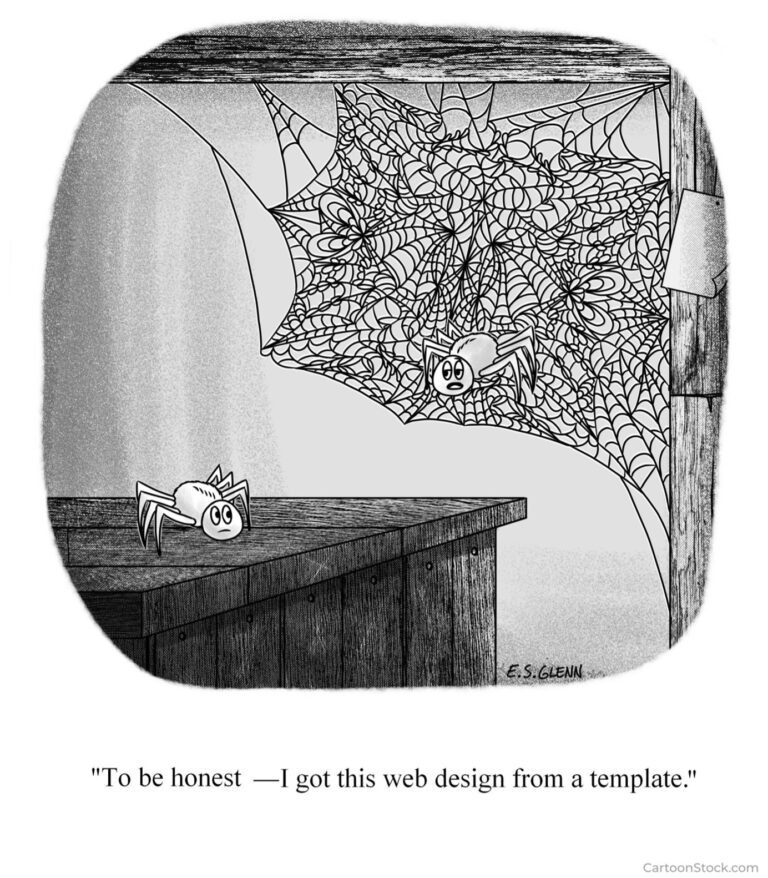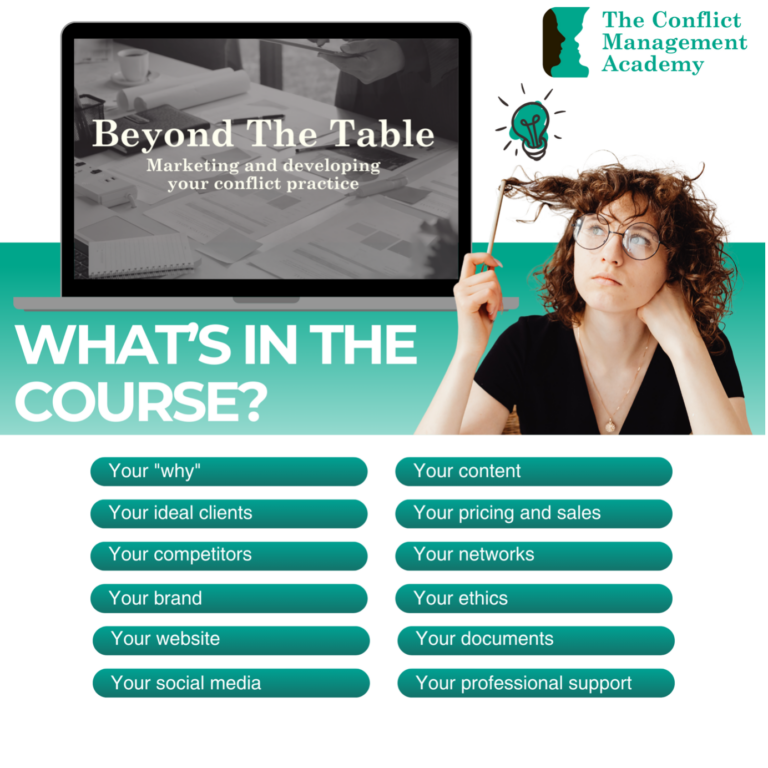When setting up your practice, it’s important to have all your documents in order. Many people don’t prepare in advance and then are in a last-minute panic when the first client turns up and they need paperwork!
It’s also important to remember that each client may need different types of paperwork, so you adapt and tailor your documents to each client and context.

What documents do you need?
During your training as a coach or mediator, you probably discussed things like agreements to mediate, or coaching contracts, but these are not all you need. You will also need things like:
Enquiry-related documents (Information sheets/brochures for parties/lawyers/support people/employers);
Business-related documents (e.g. proposals, scope of work, invoices, client database);
Service-related documents (e.g. questionnaires / intake forms agreements to participate, privacy and confidentiality agreements, record of mediation outcomes, spreadsheet for recording property items, value, distribution);
Correspondence templates;
Feedback / surveys / evaluation documents.
You may need a few versions of each kind of document for different clients / situations (e.g. when an employer is involved as sponsor, when there are multiple parties, for workplace conflict, for family conflict, for different services like mediation and coaching, etc.).

How do you make these documents available?
As well as the content of these documents, you should consider carefully when and how they are made available to prospective or current clients. For example:
Are the documents (in a generic version) made available publicly (e.g. on your website)?
Are the documents sent to prospective/current clients (as templates or with their details added)?
How important is it that the clients read / understand the documents? How do you ensure this is likely to happen? What happens if the client does not read the documents you provided?
Do you recommend / suggest clients obtain (legal or other) advice about the contents of any documents provided?
How accessible are your documents (e.g. for people who have visual or other impairments)?
What opportunities are there for clients to discuss the contents of the documents with you?
Do clients need to sign any documents? Do these need to be witnessed (by anyone / a lawyer or JP)? Can they be signed electronically?

You may have been provided with pro-forma examples of documents, like agreements to mediate or confidentiality agreements, from your trainers or your accreditation bodies, and these are a useful foundation to work from. However, using them “out of the box” is not ideal, as your brand, your clients, and your context are unique, and you need documents that are designed for your particular practice.
I highly recommend you go through any template very carefully and identify any contents or language that needs adjusting. You should do this when creating your own branded template, but you should also do a quick check for each client, to ensure that each document is tailored appropriately for the specific client and their situation.
Check the content is applicable.
Check that the content of the document suits your client and their situation. For example:
Is there is an employer/sponsor involved?
Is this a two-party or a multi-party situation?
Will you be working in person or online?
Is the process going to be confidential, or are there reporting requirements (e.g. to an employer)?
Does the template refer to laws (e.g. in relation to a mediator’s obligation to disclose information to authorities in certain circumstances) that might vary across jurisdictions?
Does the document use terminology that is not relevant to your client’s context. For example, does the document:
o refer to litigation or going to court when this isn’t something your client is likely to be considering, or
o include statements like “settlement is legally binding” which may not apply to your client’s situation.
Check the language is suitable.
Formal or informal. The language used will differ greatly depending on your client-base. If you are working as a mediator in a legal context, many of your lawyer-clients may be repeat clients so will not need a great deal of information. However, referring lawyers may be providing information to their clients (e.g. a panel of three mediators for the client to choose between) and so you may also want to provide information suitable for lawyers to give to their clients to help inform the client’s choice.
How the people involved are referred to. For example, if you are working with two employees involved in a personality clash at work, they may not find it comfortable to be referred to as “disputants” or “parties”.
How the situation / conflict is described. If your clients are currently involved in litigation, it might be perfectly acceptable to refer to the situation using language like “the dispute”. However, if you are mediating between family members in a personal conflict or employees who have a personality difference, this terminology might not sit well with them. You might be better using language like “your concerns” or “your working relationship”. Try to be sensitive to what would be comfortable for your clients.
Consistent with your brand. If your brand is down-to-earth, plain English, and informal, then providing clients with documents full of legal-ease or formal terminology and language may create a disconnect for your clients. This doesn’t mean you don’t include necessary information, but rather try to use language that is clear and also consistent with your brand ‘voice’.
Not ambiguous, overstating, or misleading. Be very careful not to use sweeping statements that may be misinterpreted. Terms to be careful about include “voluntary” and “confidential”. Depending on the client’s circumstances, these terms may not apply in a straightforward manner and can create confusion and distrust (and even sometimes lead to complaints). For example, an employee who is required to attend mediation as a condition of their employment may not feel that their participation is voluntary. Similarly, if following a workplace mediation, one participant breaches an agreement to keep the discussions confidential by talking with a colleague about what happened, there is often very little anyone can do about this. This can lead to the other person complaining that “the mediator said it was confidential and yet they couldn’t stop them from talking about what happened”.
Conclusion
Getting your documents in order and knowing how to adapt them when needed is important to build credibility and professionalism in your work.

In our Beyond the Table course, we have an entire module on Your Documents, in which we help you review a broad variety of examples of different kinds of documents, and to tailor them to fit your practice and your brand.
We consider different categories of documents, including:
Enquiry-related documents (Information sheets/brochures for parties/lawyers/support people/employers);
Business-related documents (e.g. proposals, scope of work, invoices, client database);
Service-related documents (e.g. questionnaires / intake forms agreements to participate, privacy and confidentiality agreements, Record of mediation outcomes, spreadsheet for recording property items, value, distribution)
Correspondence
Feedback / surveys / evaluation documents
Interested? Find out more and register here: https://conflictmanagementacademy.com/btt
